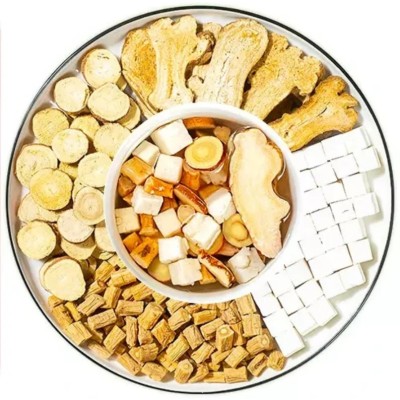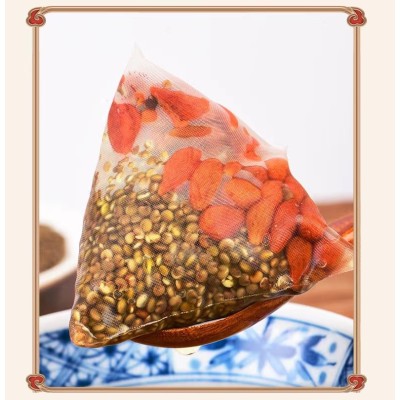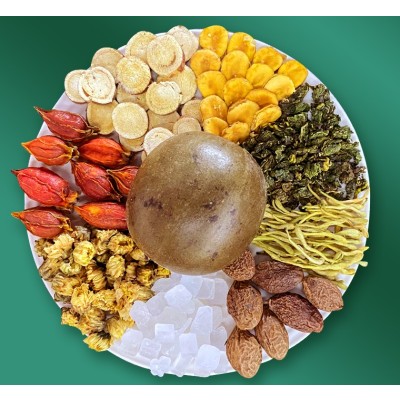The theory of Yin and Yang in TCM Ⅱ
The theory of Yin and Yang in TCM Ⅱ
In Traditional Chinese Medicine (TCM), the concept of Yin and Yang is fundamental. Yin and Yang represent opposite yet interconnected aspects of all phenomena. In the human body, Yin is associated with qualities like darkness, cold, downward movement, inwardness, calmness, and consolidation, while Yang is associated with qualities like brightness, warmth, upward movement, outwardness, excitement, and dispersion.
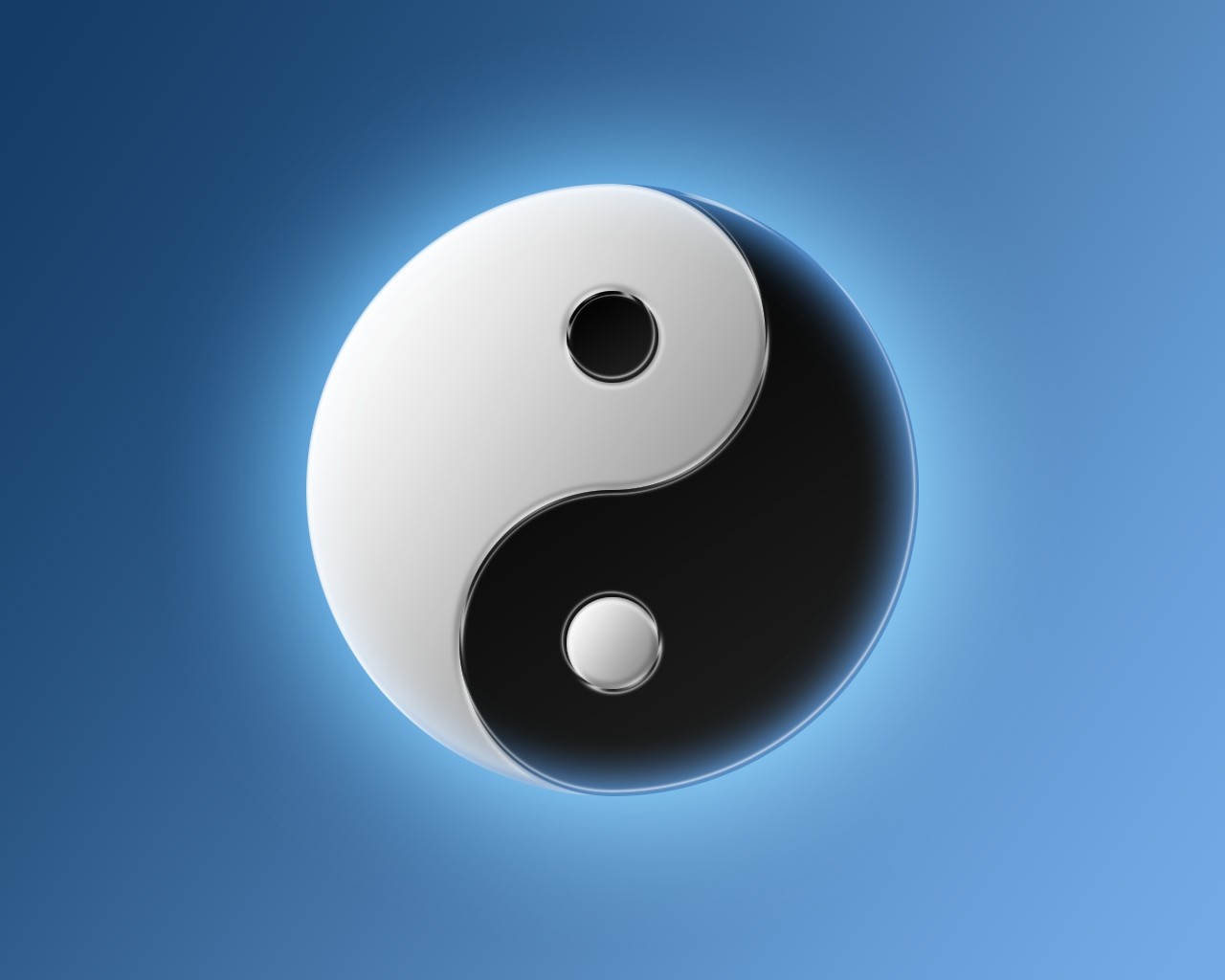
In the context of the human body, TCM divides it into Yin and Yang aspects. The external part of the body, which is relatively exposed to the outside, is considered Yang, while the internal part, which is more concealed, is considered Yin. This understanding is straightforward. Now, let's explore the meanings of "背为阳,腹为阴" (the back is Yang, the abdomen is Yin) and "脏者为阴,腑者为阳" (the organs are Yin, and the bowels are Yang).
Imagine a farmer working in the fields with their back facing the sky and front facing the ground. In this sense, the back is oriented upward and outward, representing Yang, while the chest and abdomen are oriented downward and inward, representing Yin.
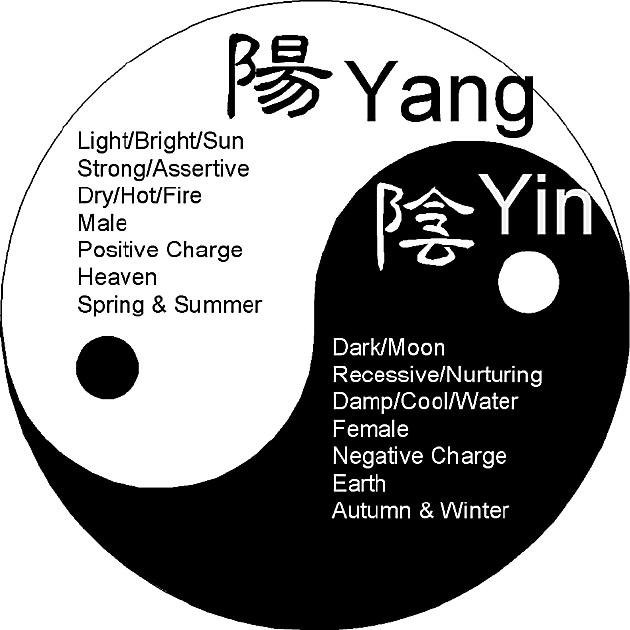
Regarding the internal organs, the five solid organs (heart, liver, spleen, lungs, and kidneys) store essence and do not discharge it, so they are considered Yin. On the other hand, the six hollow organs (small intestine, large intestine, stomach, gallbladder, bladder, and triple burner) mainly transport and transform substances and are considered Yang.
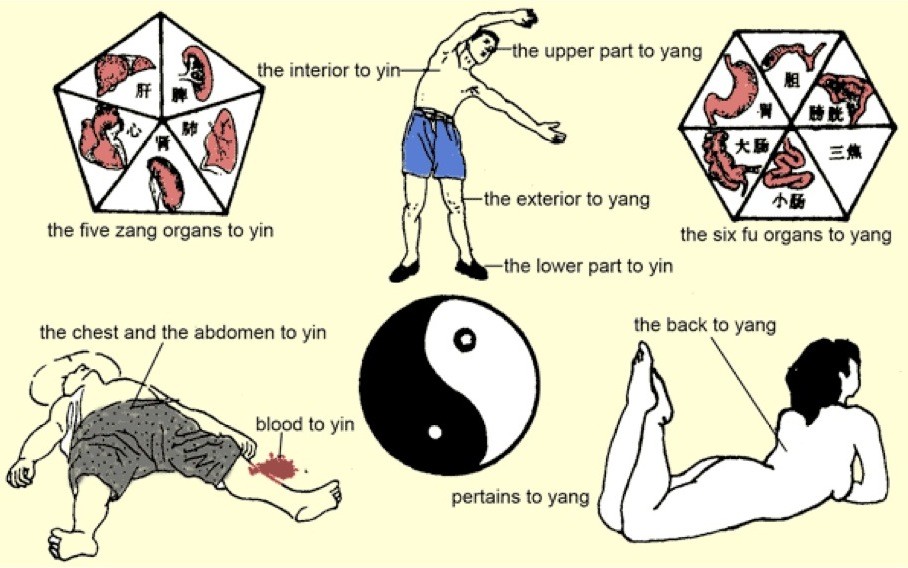
It's important to note that "within Yin and Yang, there are still Yin and Yang." For example, among the five solid organs and six hollow organs, there are also Yin and Yang relationships. For instance, the heart and lungs are relatively Yang, while the liver and kidneys are relatively Yin. Each organ also contains both Yin and Yang aspects. For example, the heart, as the Yin part, has a warming and stimulating function that promotes blood circulation and mental excitement (heart Yang), and the cooling and calming function that ensures blood circulation is not overly fast and mental excitement is not excessive (heart Yin). Yin and Yang within each organ interact and restrain each other, ensuring normal physiological functions in the body.
The application of Yin and Yang in TCM is also evident in the diagnosis and treatment of diseases. TCM places great emphasis on pattern identification (known as "证" or "zheng") and differentiates various patterns of diseases. The Eight Principles (八纲, bā gāng) is the foundation of TCM pattern identification and includes Exterior-Interior, Cold-Heat, Deficiency-Excess, and Yin-Yang. Among them, Yin and Yang are the general principles used to differentiate and summarize disease patterns. Skilled TCM practitioners first determine the Yin-Yang nature of a disease pattern to guide their treatment approach. Therefore, Yin and Yang play a crucial role in the process of pattern identification and treatment in TCM.

